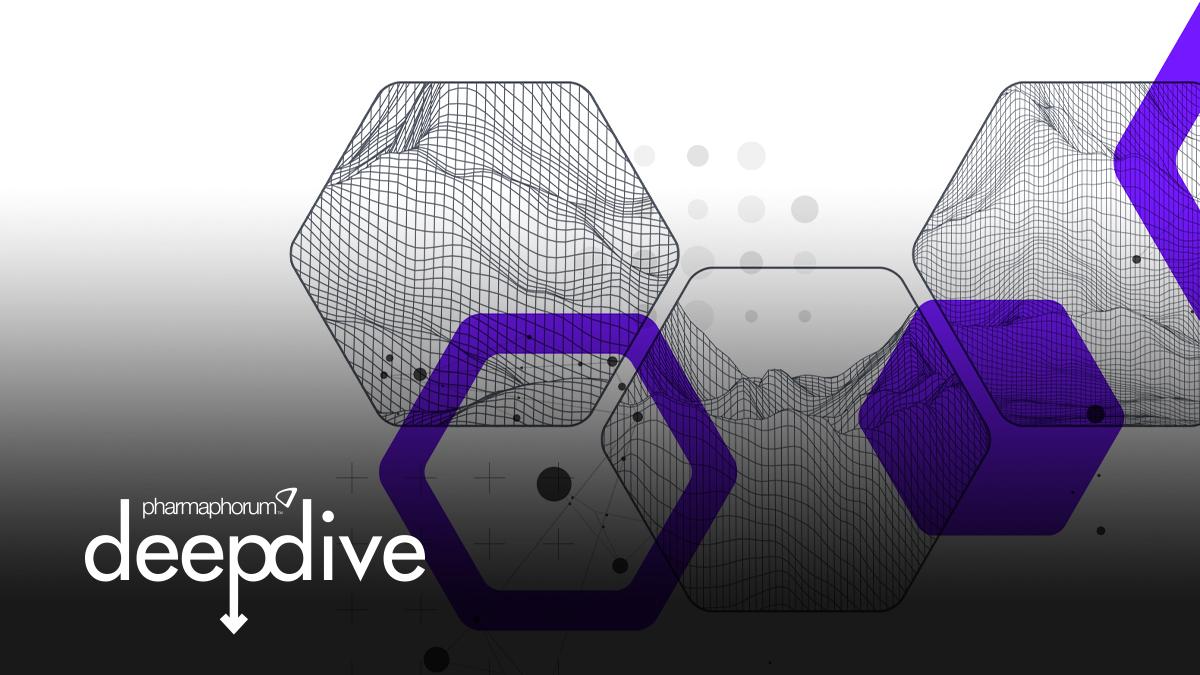Finding pharma's human side

As consumer technology is reducing face-to-face interaction, digital pharma expert Alex Butler argues the case that digital advances in healthcare require greater teamwork and understanding of patients to ensure they are successful.
There is a paradox at the heart of the incredible digital disruption we have witnessed over the last 15 years. On the one hand, we have never been so connected to each other and the world has never felt so small. On the other hand, the most successful consumer technology reduces human interaction.
Amazon, Netflix, Spotify and Uber have all, to some extent, reduced the need to communicate with other human beings. Furthermore, with the rise of artificial intelligence we will soon have driverless cars and – yes – an algorithm will be better at diagnosing and treating disease.
When designing solutions engineers often think of human interaction as inefficient and slow; creating something frictionless is often dependent on getting the human part out of the way.
However, if I had to point to the one significant impact digital has had on the pharma industry over this period, I would say it has enabled – and sometimes forced – pharma to become more human, although not only in the ways we expected and predicted.
This shift has three significant components and examining them shows the trajectory of pharma’s digital future. These points are covered in his full article, in Deep Dive: Digital II.
Please note that Deep Dive is best viewed in full-screen mode.
Read the full Deep Dive: Digital II magazine here.
If you would like to read previous editions of Deep Dive, and sign up to receive future editions, please visit the Deep Dive page on the website.
Next edition is Deep Dive: Patient centricity II – publishing in March. Contact us to get involved.












